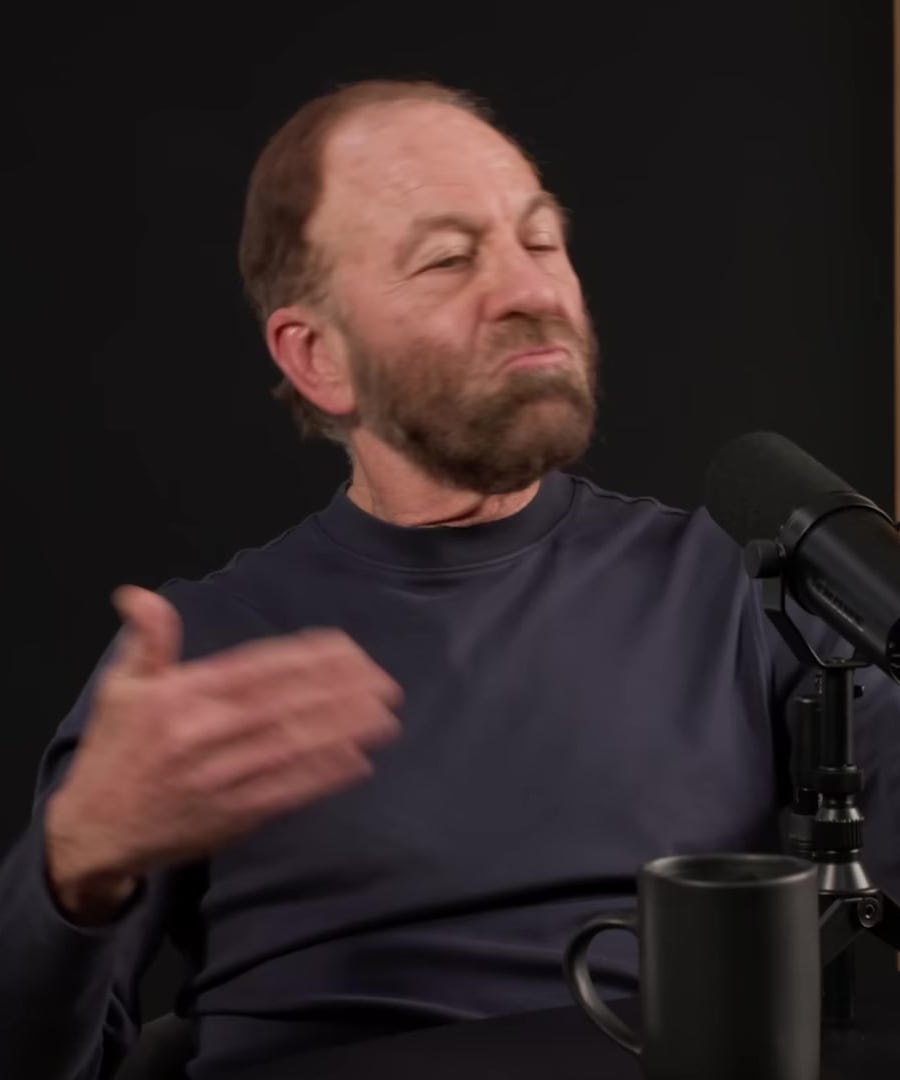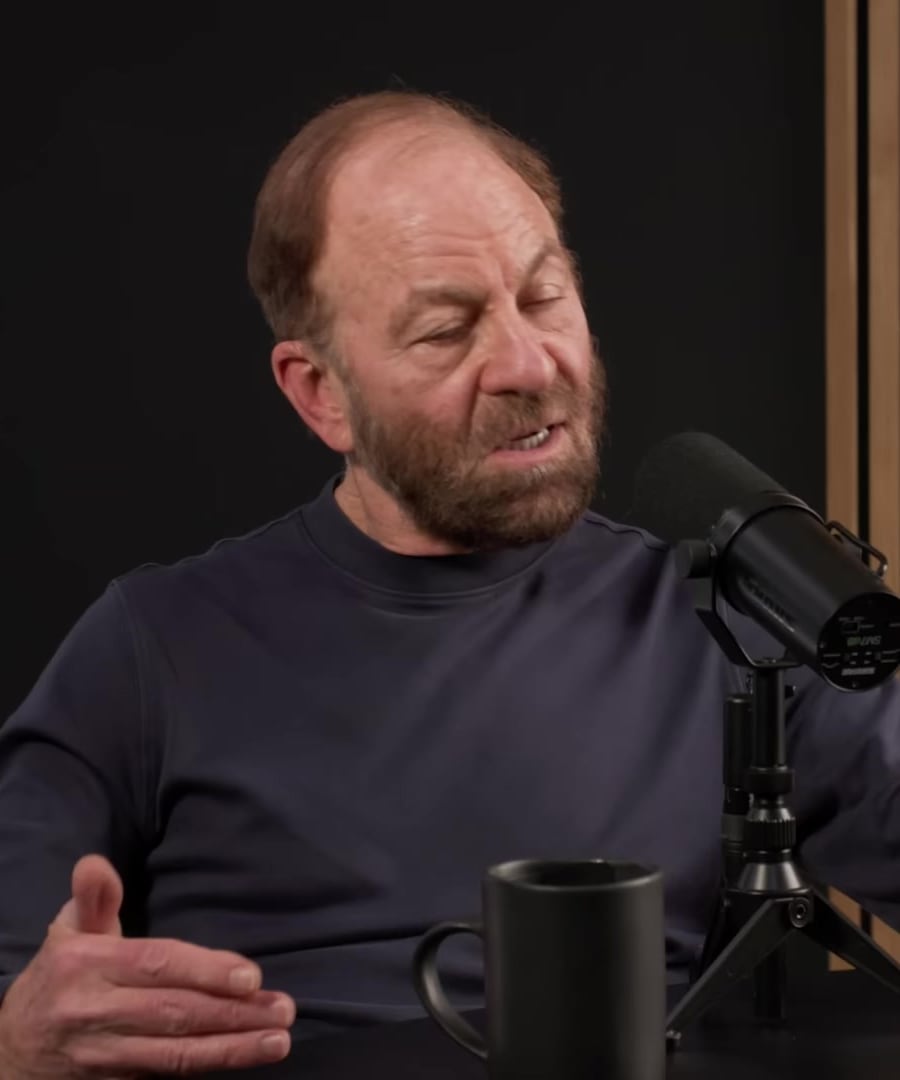Show me more research on stroke recovery methods.
Sources:
Dr. Gary Steinberg, a neurosurgeon and professor, has highlighted promising stroke recovery methods that defy the conventional understanding that recovery halts after six months. Research is now demonstrating that certain interventions can stimulate recovery even years after a stroke. Here are some key insights:
-
Stem Cell Therapy: Early trials indicate that injecting stem cells into the brain can help patients regain function, challenging the belief that damaged brain circuits are irreparable. Stem cell therapy is currently part of ongoing clinical trials and shows potential in improving motor function and speech recovery in stroke patients 1.
-
Vagus Nerve Stimulation: This FDA-approved treatment involves placing a stimulator on the vagus nerve in the neck, paired with intensive physical therapy. It has shown promise in enhancing arm function even in patients who suffered a stroke years prior 1.
-
Constraint-Induced Therapy: This method involves restraining the unaffected limb to force the use of the affected one, promoting neural plasticity and recovery. While effective, it requires careful timing, as applying it too soon could impede recovery 2.
These methods represent significant advancements in stroke rehabilitation, offering hope for extended recovery capabilities well beyond the traditionally expected timeframe. Innovations in treatment approaches are continuously being explored to further improve outcomes for stroke survivors.
RELATED QUESTIONS-
Show me more research on stroke recovery methods.
- RELATED QUESTIONS

